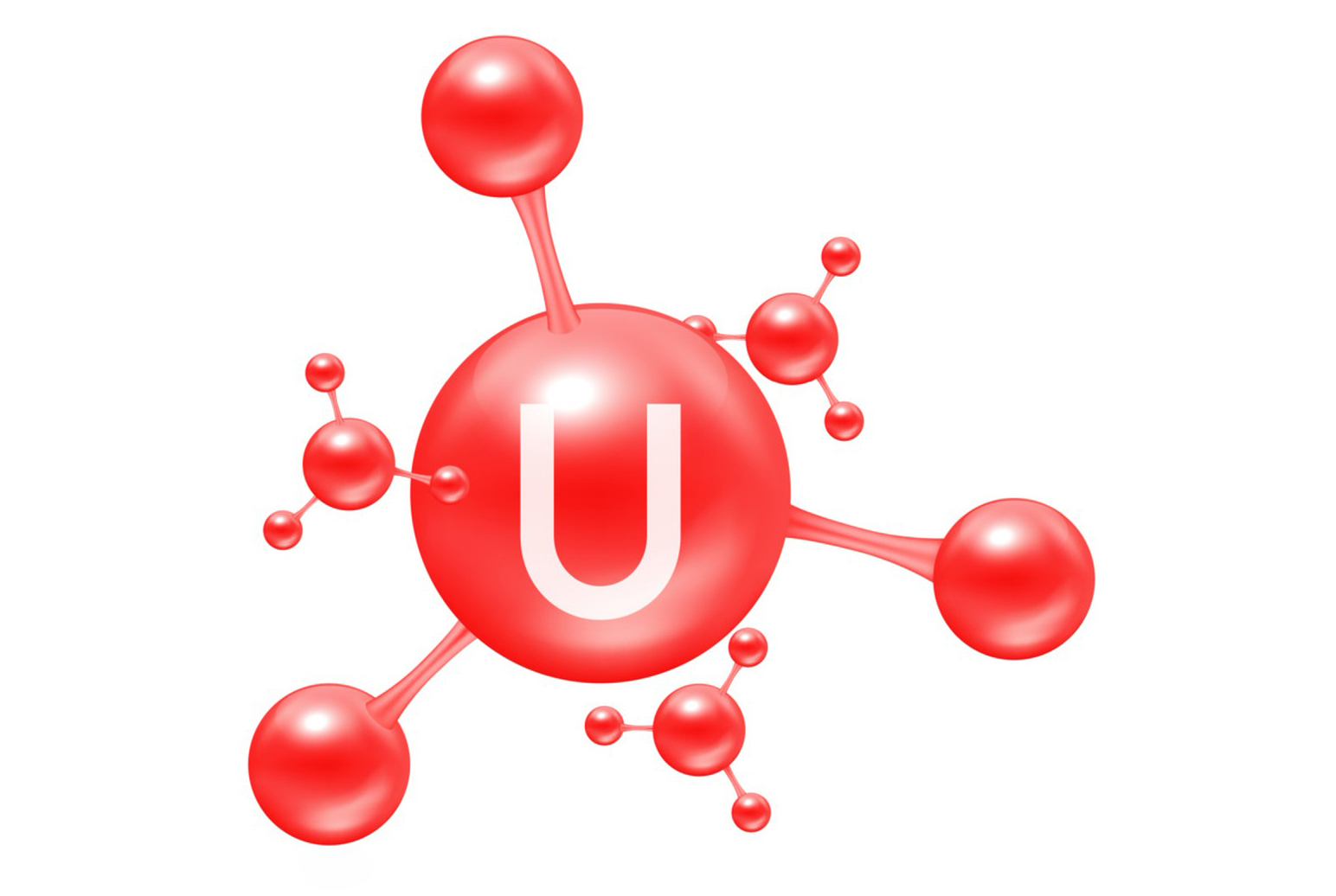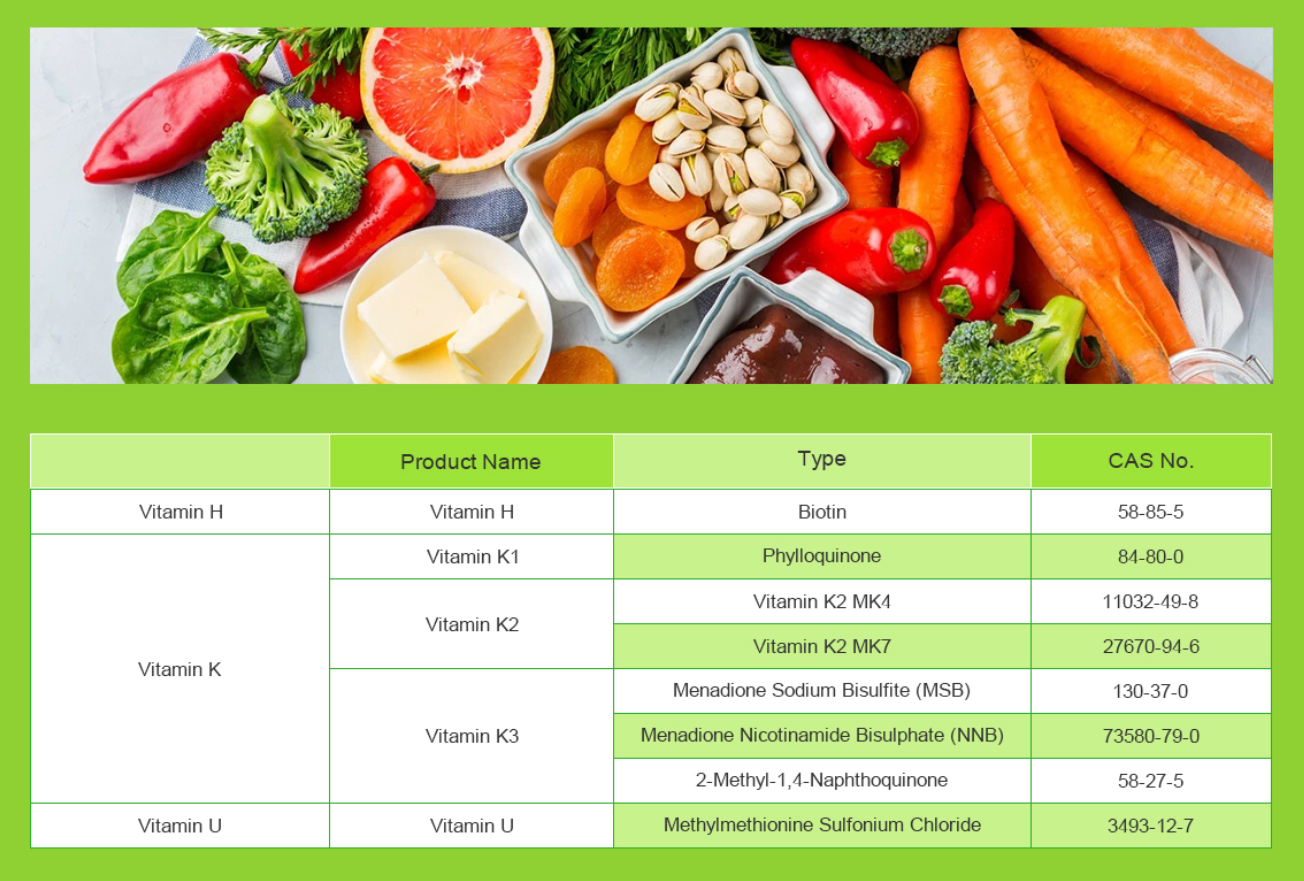Vitamin U, also known as S-methylmethionine or methylmethionine, is not a true vitamin but a naturally occurring compound found in some foods. It is thought to have potential health benefits, particularly for gastrointestinal health and liver function. However, it is not an essential nutrient, and there is limited scientific research on its efficacy.
If you are interested in incorporating foods or supplements that may contain vitamin U into your diet, you can consider the following sources and methods:
Sources of Vitamin U:
Cabbage: Cabbage is one of the primary dietary sources of vitamin U. Consuming raw or lightly cooked cabbage can provide you with this compound.
Broccoli: Broccoli, like cabbage, contains some vitamin U. Including broccoli in your diet can be a good way to obtain this compound.
Spinach: While not as rich in vitamin U as cabbage or broccoli, spinach also contains this compound.
Supplements: There are dietary supplements available that contain S-methylmethionine. You should consult with a healthcare professional before taking any supplements to ensure they are appropriate for your specific health needs.

Methods to Include Vitamin U in Your Diet:
Eat Raw or Lightly Cooked Vegetables: Many of the foods that contain vitamin U can be consumed raw or lightly cooked to preserve their nutrient content. Consider making salads or lightly steaming your vegetables to retain vitamin U.
Smoothies: You can add raw cabbage, broccoli, or spinach to your smoothies to incorporate vitamin U into your diet in an easy and palatable way.
Recipes: Look for recipes that include these vitamin U-rich vegetables, such as coleslaw, stir-fries, or sautés.
Dietary Supplements: If you choose to use supplements, follow the recommended dosage on the product label, and consult with a healthcare professional to determine the appropriate dosage for your needs.
It’s important to note that the specific content of vitamin U in foods can vary, and there may be limitations to its absorption and efficacy in the body. Also, consult with a healthcare provider before making any significant dietary changes or taking supplements, especially if you have underlying health conditions or are on medications. Additionally, always strive for a balanced diet that includes a variety of nutrients for overall health and well-being.
Chemical structure and physical properties of Vitamin U
Vitamin U, also known as S-methylmethionine or methylmethionine sulfonium chloride, is not actually a true vitamin, as it is not essential for human survival. It was initially believed to be a vitamin, but further research showed that it can be synthesized in the human body, and dietary intake is not necessary for health.
Chemical Structure:
The chemical structure of Vitamin U, S-methylmethionine, is as follows:
Chemical Formula: C6H15NO2S
IUPAC Name: (2S)-2-amino-4-(methylsulfaniumyl)butanoic acid
Physical Properties:
Vitamin U is a water-soluble compound with the following physical properties:
Appearance: It is a white to off-white crystalline powder.
Molecular Weight: The molecular weight of S-methylmethionine is approximately 161.25 g/mol.
Solubility: It is highly soluble in water.
Melting Point: The melting point of Vitamin U is around 150-152°C.
Stability: It is stable under normal conditions. However, like many compounds, it can degrade when exposed to heat, light, or acidic/alkaline conditions.

Biological Function:
While Vitamin U is not considered a true vitamin, it has been suggested to have potential health benefits, particularly in relation to gastrointestinal health. It is found in some foods, such as cabbage, and is believed to have a role in protecting the lining of the stomach and promoting digestive health. It may help reduce inflammation and protect against gastric ulcers, although more research is needed to fully understand its mechanisms and potential benefits.
Please note that the term “Vitamin U” is not officially recognized by modern nutritional science, and its use as a dietary supplement is not common. Researchers continue to study its potential health benefits, but it is not considered an essential nutrient like vitamins A, C, or D.
